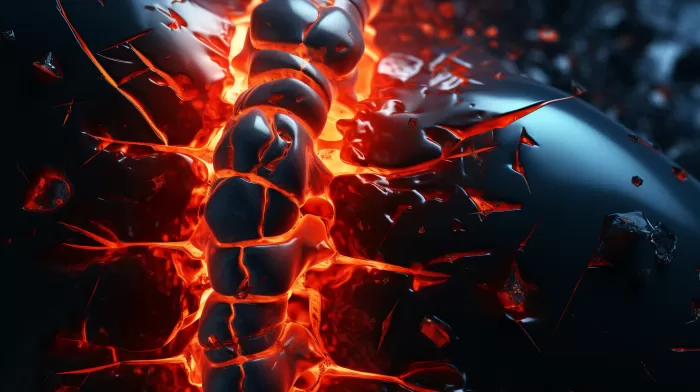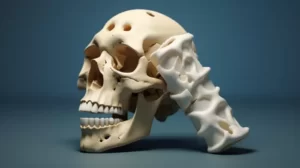Imagine finding relief from your back pain, only to realize that, in the process, you’ve drastically weakened your bones. That’s exactly what researchers at the Henry Ford Hospital discovered when they examined the medical effects of a standard treatment for back pain: epidural steroid injections. To make matters worse, their study showed that postmenopausal women who receive these injections lose their bone density six times faster.
A Word of Caution for Back Pain Treatments
Researchers warn that doctors should approach epidural steroid injections for back pain relief with caution, especially when it comes to patients who are at risk for bone fragility. Instead, they recommend focusing on measures that optimize bone health, such as calcium and vitamin D supplements and exercise, as part of the patient’s overall treatment plan.
Back pain is one of the most common medical problems in the United States, affecting eight out of 10 people at some point during their lives. Doctors often prescribe a combination of anti-inflammatory drugs, physical therapy, and the occasional steroid injection to relieve pain. While these treatments may be effective, it’s important to consider the potential long-term effects on your bone health.
According to researcher Shlomo Mandel, “Patients receiving multiple steroid injections with a history of steroid exposure may be especially susceptible to compromised bone strength.”
The Link Between Steroids and Bone Density
Steroids have long been known to have a negative impact on bone health. While they can reduce inflammation and provide pain relief, they also interfere with the body’s ability to absorb calcium, leading to weaker bones.
There is a strong connection between steroid use and the development of osteoporosis, a condition characterized by fragile, porous bones that are prone to fractures. In fact, studies have shown that long-term steroid use can lead to a 50% increased risk of developing the disease.
Protecting Your Bones While Treating Back Pain
With this information in mind, it’s crucial to take steps to protect your bones if you’re undergoing treatment for back pain, especially if the treatment involves steroid injections.
- Talk to your doctor: Make sure your physician is aware of your concerns about bone health and ask about alternative treatment options that may be available. Your doctor may recommend a combination of physical therapy, lifestyle changes, and other medications that don’t pose the same risks to your bones.
-
Increase your calcium and vitamin D intake: Incorporating more calcium-rich foods into your diet, such as dairy products, leafy greens, and fortified foods, can help support bone health. Vitamin D is also essential for calcium absorption, so make sure to get enough through sun exposure, supplements, or foods like fatty fish and fortified dairy products. The National Osteoporosis Foundation suggests that adults under age 50 get 1,000 milligrams of calcium and 400-800 international units (IU) of vitamin D daily, while those over age 50 need 1,200 milligrams of calcium and 800-1,000 IU of vitamin D daily.
-
Participate in weight-bearing exercise: Engaging in regular weight-bearing activities, such as walking, jogging, or lifting weights, can help to strengthen your bones and ward off osteoporosis. Aim for at least 30 minutes of weight-bearing exercise most days of the week.
-
Limit your steroid exposure: If you do require steroid injections as part of your back pain treatment, try to limit the number of injections you receive. Discuss this with your doctor, who may be able to adjust your treatment plan accordingly.
-
Monitor your bone density: If you’ve been taking steroids or have risk factors for osteoporosis, consider having regular bone density tests to monitor your bone health.
-
Quit smoking and limit alcohol intake: Both smoking and excessive alcohol consumption have been linked to an increased risk of osteoporosis. Quitting smoking and limiting alcohol intake can help you maintain strong bones and improve your overall health.
By taking these steps, you can protect your bones while still addressing your back pain. Remember that it’s essential to work closely with your doctor to create a treatment plan that addresses both your pain and your long-term bone health.



